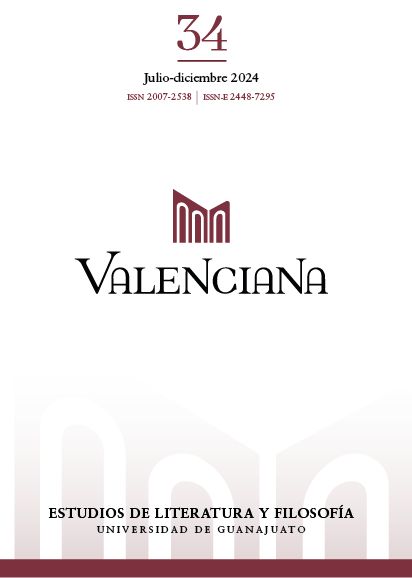Biopolitics.
An Approach to the Thought of Michel Foucault
DOI:
https://doi.org/10.15174/rv.v17i34.750Abstract
This article is a brief exposition of the discursive formation of biopolitics proposed by Michel Foucault in the seventies. The purpose is to present the original theoretical statute of the aforementioned concept as a double-sided technology, established in the 17th, 18th and 19th centuries, which intervenes and establishes regulatory controls over biological life in two ways that are not antithetical. The first focuses on the body as a machine: anatomopolitics of the human body. The second focuses on the body-species: it is the biopolitics of the population. The methodology used is a documentary-type analysis that grouped the courses: Defend society; Security, territory and population and Birth of biopolitics, as well as the book History of sexuality 1, to learn in a synthetic way and reflect on the idea and original meaning of the term as a technology for conducting individual and collective conduct.
Published
How to Cite
Issue
Section
License
Copyright (c) 2024 Raymundo Vázquez Arredondo

This work is licensed under a Creative Commons Attribution-NonCommercial-NoDerivatives 4.0 International License.
Author(s) who publish in this journal do accept the next conditions:
According to copyright regulations, Valenciana does recognize and respect the authors’ moral right, as well as the right of property, which will be assigned to the journal for its diffusion in open access.
Valenciana does not charge authors for the submission, editorial process or publication in the journal.
All texts published and distributed by Valenciana (without exception) are supported by the license Creative Commons Attribution-NonCommercial 4.0 International (CC BY-NC 4.0), which allows third parties to use the publication as long as they mention the author and the first publication.
Authors can make other independent and additional contractual agreements for the non-exclusive use of his article published in Valenciana (e.g. including it in an institutional repository or in printed/electronic media), as long as it is explicitly clarified that the article was published for the first time in this journal.
For these purposes, authors must sign and send the letter of submission and copyright transfer form in a PDF file to this email address: revistavalenciana@gmail.com
This journal is under a license by Creative Commons Atribución-NoComercial-SinDerivadas 4.0 Internacional (CC BY-NC-ND 4.0)).











